
A multipurpose computer-controlled fabrication machine.


The key component of the multifab tool is a high-speed and rigid xyz gantry capable of accomodating a wide range of fabrication processes.
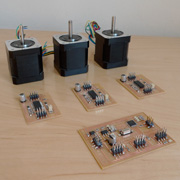

The multifab gantry is controlled by a networked controller board capable of controlling three stepper motor drivers simultaneously.


This module is able to control the average voltage across a load, such as the spindle's DC motor, using a technique called Pulse Width Modulation (PWM).
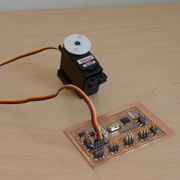

RC servos, typically found in radio controlled airplane models, use feedback to control the position of their output shaft. This controller can set the position of up to 8 servos, and is used in the auto-pipetter toolhead.
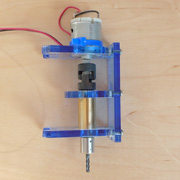

A high-speed (20K RPM) spindle supports light subtractive machining. The spindle can be constructed entirely from off-the-shelf compoents.
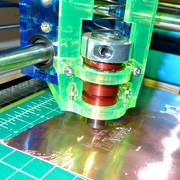

A razorblade tool which allows 2D cutting of sheet material. Some applications are flexible circuit boards, stickers, silkscreen masks, and more.
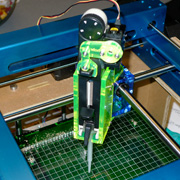

This fluid dispensing toolhead was created in collaboration with MIT's
Innovations in International Health program, and has uses in automated biology research and disease diagnostics fabrication.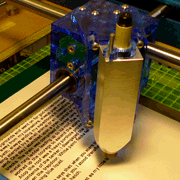

A pen attached to the multifab can allow easy labeling of objects, caligraphy, etc...
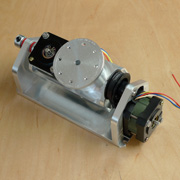

This attachment permits 5-axis machining of components on the Multifab. Potential applications include variabl-helix screws, impellers, and 5-sided machining operations.
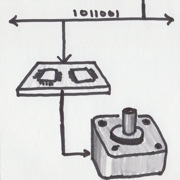

Additional axes can easily be simultaneously controlled by adding them onto the network. The disadvantage as compared to a multiple-axis controller is increased network load.
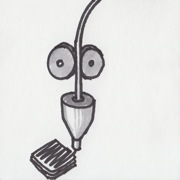

Based on the Rep-Rap project, this extrusion head will enable additive manufacturing in plastics such as ABS.
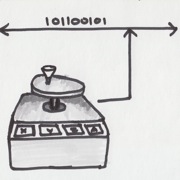

The multifab can be positioned by hand using a networked jog dial. This interface can also provide more complex control of parameters typically adjusted on the computer such as feed rate.